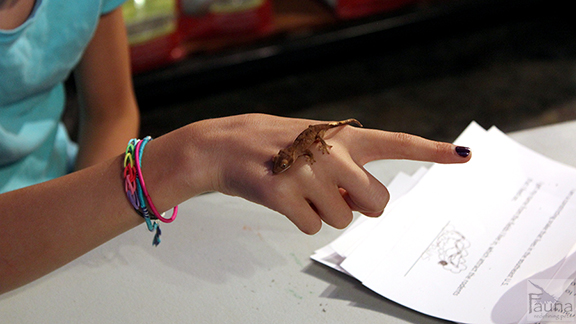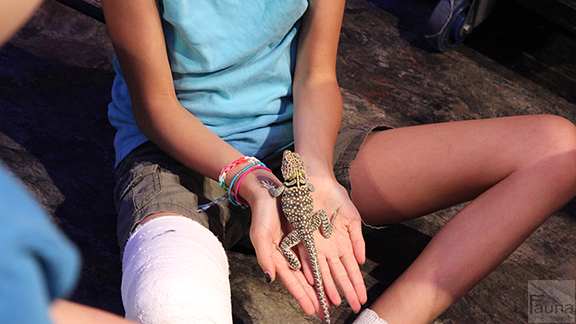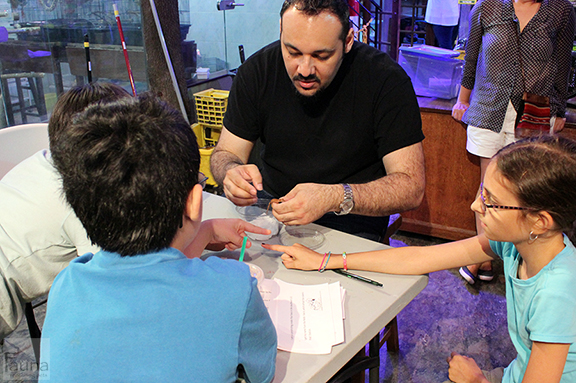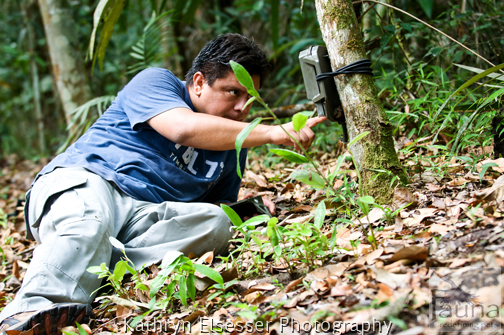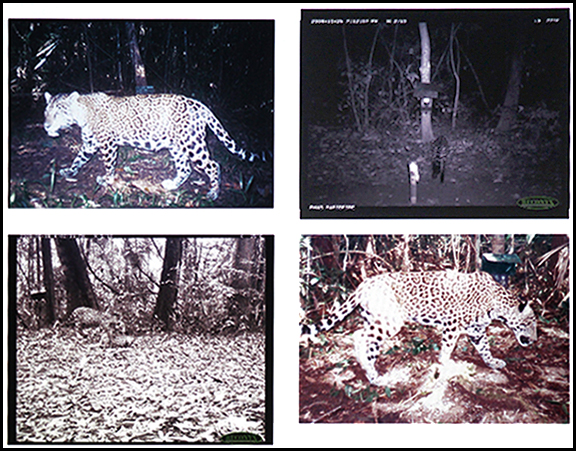Written by Jose Rodriguez
 Our final Herpetology Club meeting for the season turned out to be a lot of fun. As a way to review everything we learned throughout the year, the kids were quizzed in a game show-style manner that we called “What Reptile Am I?”
Our final Herpetology Club meeting for the season turned out to be a lot of fun. As a way to review everything we learned throughout the year, the kids were quizzed in a game show-style manner that we called “What Reptile Am I?”
That was followed by an animal treasure hunt, in which our students were given cards that identified certain characteristics of all the reptiles and amphibians we have worked with. Everyone then went into the Reptile Room to match up the cards with the animal it was describing.
We ended our session by allowing the kids to vote on which 3 of their favorite herps they wanted to see up close and handle. Our choices were:
1. Corn Snake
2. Crested Gecko hatchlings
3. Collared Lizard
We also had time to touch on a few important topics brought up during a Q&A session:
- We discussed the importance of proper ventilation/air circulation in an enclosure containing amphibians and the pros and cons of a screen top cover and a lid-style cover.
- We discussed the proper terminology for a turtle and tortoise’s shell (the dome of the shell is known as the carapice, while the flat underside is known as the plastron).
- We learned about the ambush-style hunting strategy Horned Frogs employ to catch dinner.
- The proper way to handle a large snake.
- The proper way to interact with a Crested Gecko, and reduce the stress caused during handling.
It was a great way to wrap things up. We all got a chance to interact with lots of cool reptiles, we took home a lot of important facts, and had a ton of fun getting to know one another and learning together.
Hopefully everyone has a great summer, and joins us again in September!
Jose is Fauna’s Eco-Education Coordinator and runs various programming aimed at different age levels. Email Jose for information about birthday parties, Children’s Story Time, the Herpetology Club, and more at jose@faunanyc.com
![]()
![]() To learn more about Fauna NYC, visit our website!
To learn more about Fauna NYC, visit our website!

